You’re more likely to see other crime writers at gigs than literary events, so what role does music have in the creation of crime fiction?
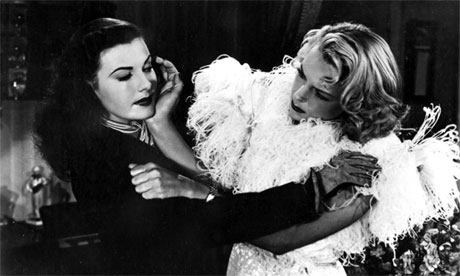

You’re more likely to see other crime writers at gigs than literary events, so what role does music have in the creation of crime fiction?
John Burnside is gripped by an at times almost unbearably poignant thriller that portrays the flipside of the American dream and how ordinary men can veer into madness: “Fallen Land” by Patrick Flanery.
Laura WIlson reviews “A Death at the Palace” by M. H. Baylis, “Swear Down” by Russ Litten, “Alex” by Pierre Lemaître, “The Deliverance of Evil” by Roberto Costantini and “The Andalucian Friend” by Alexander Söderberg.
Opening a new Le Carré novel is like stepping into a hushed and well-appointed London club. John le Carré’s latest tale of bungling spooks and government cover-ups ranks finds him back on top form.
Le Carré makes a return to form with a thriller that resonates with Whitehall secrecy during the Bush-Blair era. That reference to the period when Le Carré’s reputation was first made feels carefully planted.
By 1984, everything that Stephen King wrote was selling by the truckload. He couldn’t put a foot wrong: bestseller begat bestseller. But he was writing faster than publishers could cope with.
After a decade in the intelligence service, John le Carré’s political disgust and personal confusion ‘exploded’ in “The Spy Who Came in from the Cold”. Fifty years later he asks how much has changed
It’s 60 years since Fleming published his first Bond novel, “Casino Royale”. His greatest fan, Mike VanBlaricum, examines how six decades of cover artists have fulfilled their mission to identify 007 on book shelves around the world.
Thrillers – review roundup: John O’Connell on: “Petite Mort” by Beatrice Hitchman, “Gone Again” by Doug Johnstone, “The Quickening” by Julie Myerson, “We Are Here” by Michael Marshall and “The Catch” by Tom Bale.
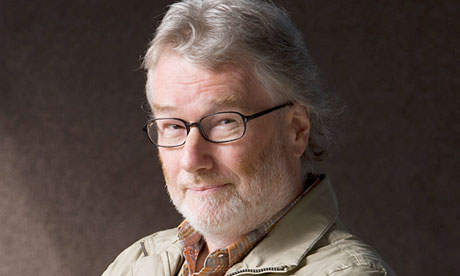
He’s a writer whose faith in humans can embrace the worst of what we’re capable of and still refuse to lie down and die.
Laura Wilson reviews some of the most recent crime novels like Richard Crompton’s “The Honey Guide,” Stephan Talty’s “Black Irish,” Derek B Miller’s “Norvegian By Night,” Charlotte Williams’ “The House on the Cliff” and Keigo Higashino’s “Salvation of a Saint.”
“Gone Girl”, published in the US in June 2012 and out in paperback in the UK at the beginning of this year, has now sold more than 2m copies throughout the world – 300,000 of them over here.
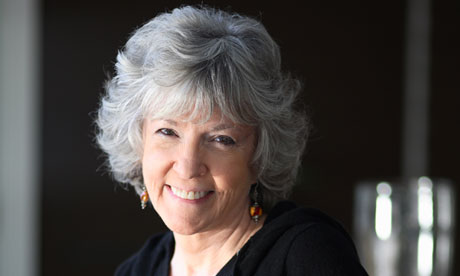
The novelist talks about growing up with alcoholic parents, and how it shaped her writing and led to her fictional alter ego, Kinsey Millhone.
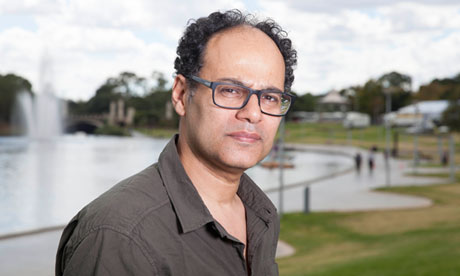
Mahjoub is living a double life, as a literary novelist and a crime writer. He talks about juggling two identities, an inherited love of Alistair Maclean, and his passion for Cairo.
If Winston Smith’s Room 101 nightmare in “Nineteen Eighty-Four” proved too disturbing an image for you, then it’s probably best to steer clear of “Alex” by Pierre Lemaitre, the first thriller by this popular French author to be translated into English.
Themes of fate, family life and renewal are brilliantly explored in this story of a life lived in wartime Britain. Kate Atkinson’s new novel, “Life after Life” is a marvel, a great big confidence trick – but one that invites the reader to take part in the deception.
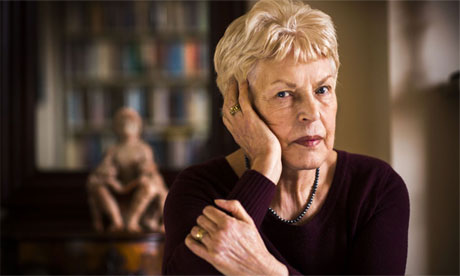
At the age of 83, with more than 70 books under her belt, she’d be forgiven if her thoughts were beginning to drift towards a gentle exit from the world of letters.
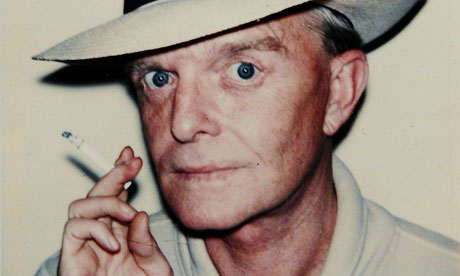
We forgive sleight-of-hand in books as in cinema, but can we forgive Truman Capote for insisting “In Cold Blood” was factual?
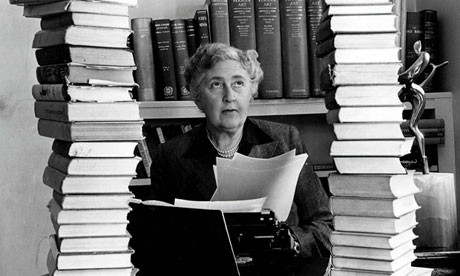
Did Agatha Christie have a spy in the government’s top-secret codebreaking centre at Bletchley Park? That was the fear of intelligence chiefs at MI5.
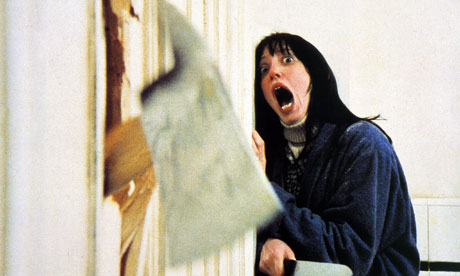
Author says “Doctor Sleep”, due in September, marks a return to the kind of fiction that really frightens readers.